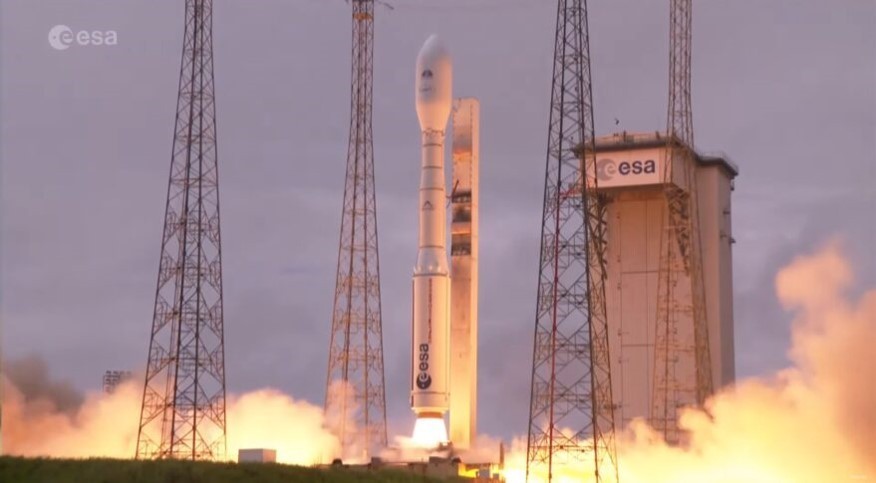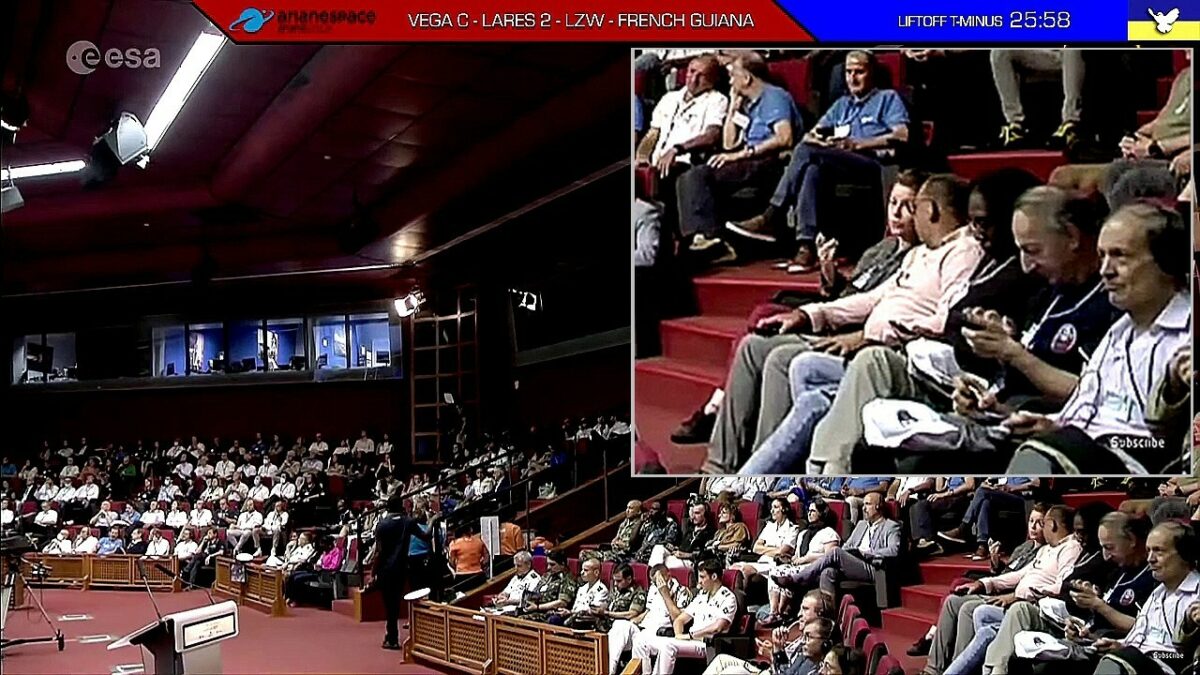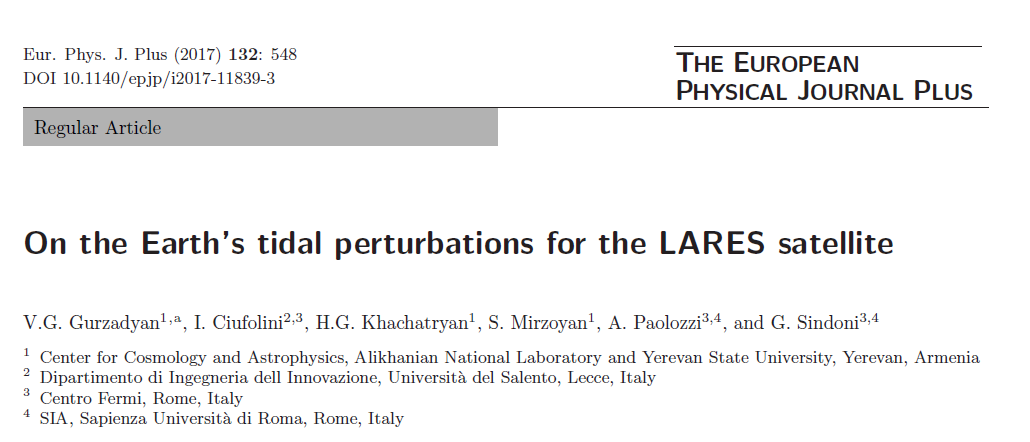Testing General Relativity: participation in LARES and LARES-2 satellite projects.
 The LARES — LAser Relativity Satellite: I.Ciufolini, PI; A.Paolozzi, satellite designer — satellite was launched on February 13, 2012, 10.00 GMT from European Space Agency’s Guiana Space Center in Kourou, French Guiana.
The LARES — LAser Relativity Satellite: I.Ciufolini, PI; A.Paolozzi, satellite designer — satellite was launched on February 13, 2012, 10.00 GMT from European Space Agency’s Guiana Space Center in Kourou, French Guiana.
Prof. V.G.Gurzadyan as a member of science board of LARES mission was present at the launch in Guiana Space Center. LARES liftoff was performed at the qualification launch of European Space Agency’s new rocket VEGA.
The LARES-2 (LAser RElativity Satellite) launched on July 13, 2022 from European Space Agency spaceport in Kourou (French Guiana) is expected to provide high precision constraints to the General Relativity, the frame dragging Lense-Thirring effect, as well as to the extensions of General Relativity.
The correspondence between geodesic motion in General Relativity and the motion of an extended body by means of the Ehlers-Geroch theorem was studied in the context of LARES satellite. It was shown that being the highest mean density orbiting body in the Solar system the LARES satellite provides the best realization of a test particle ever reached experimentally and hence marks a unique possibility for testing the predictions of General Relativity.
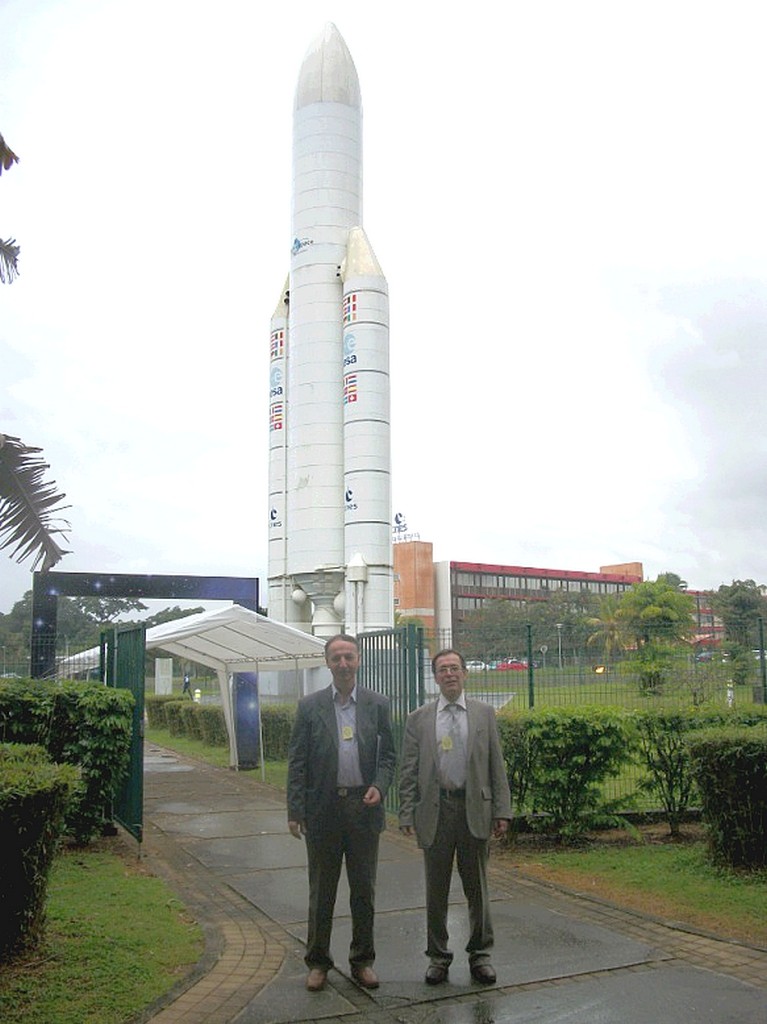
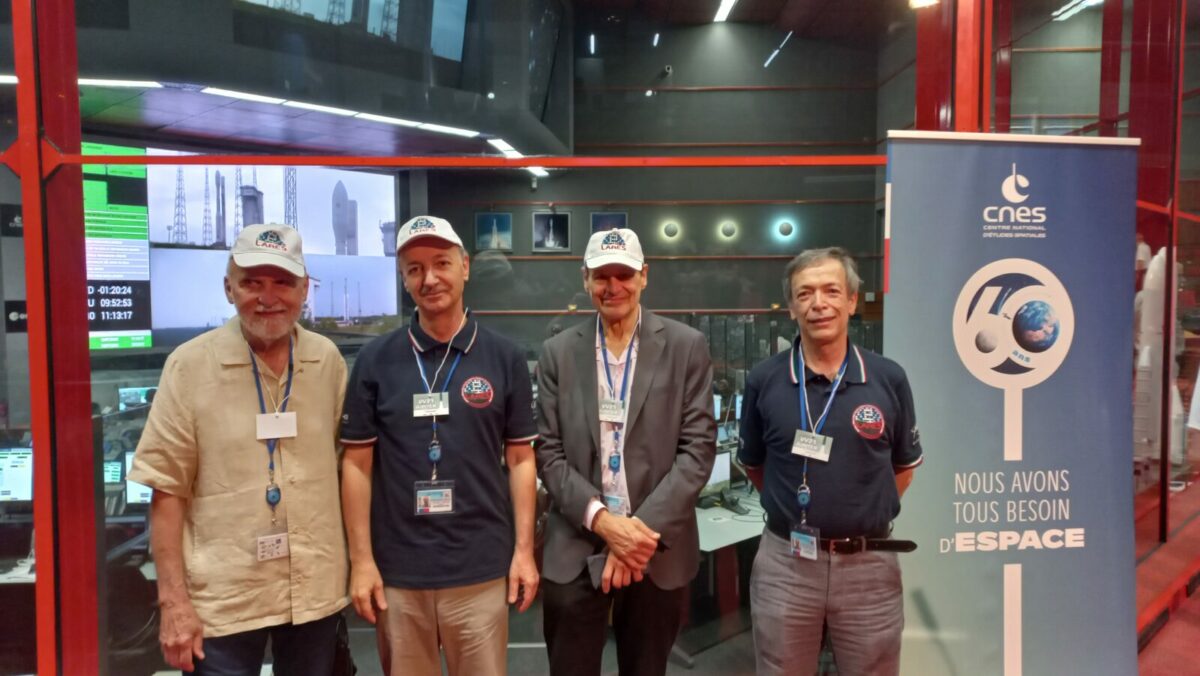
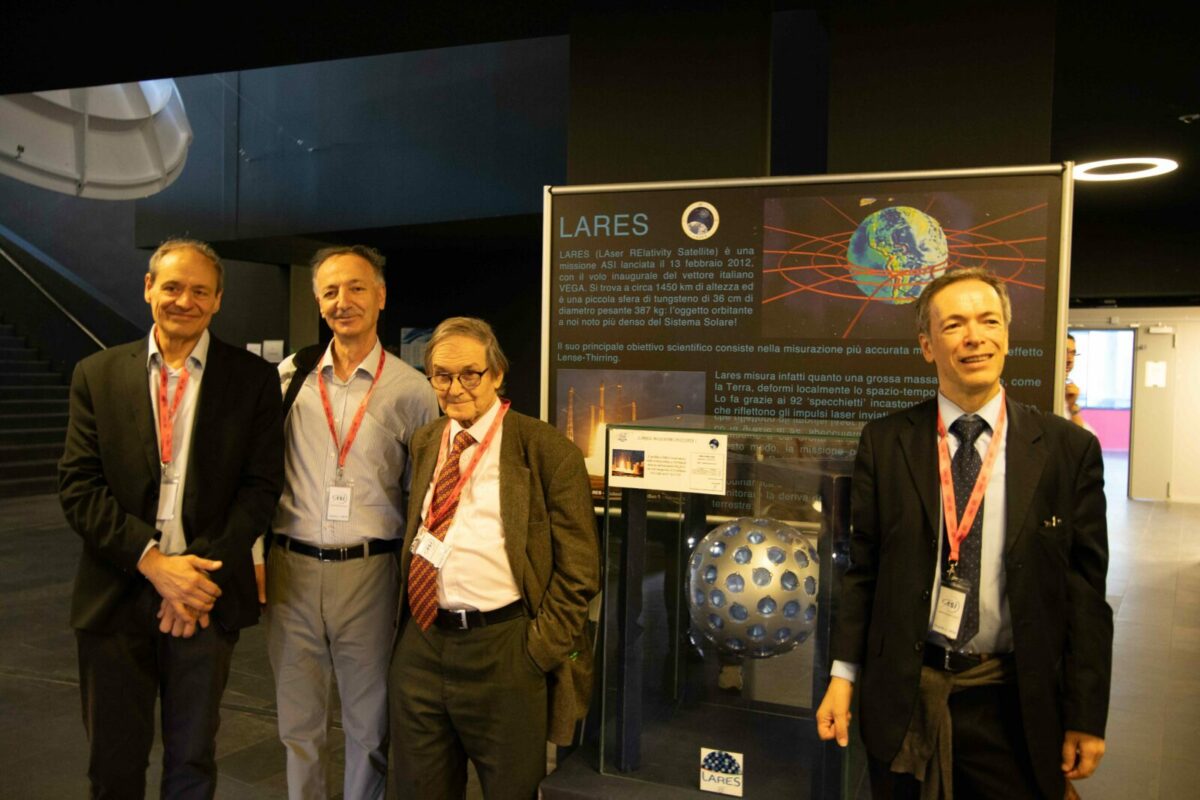
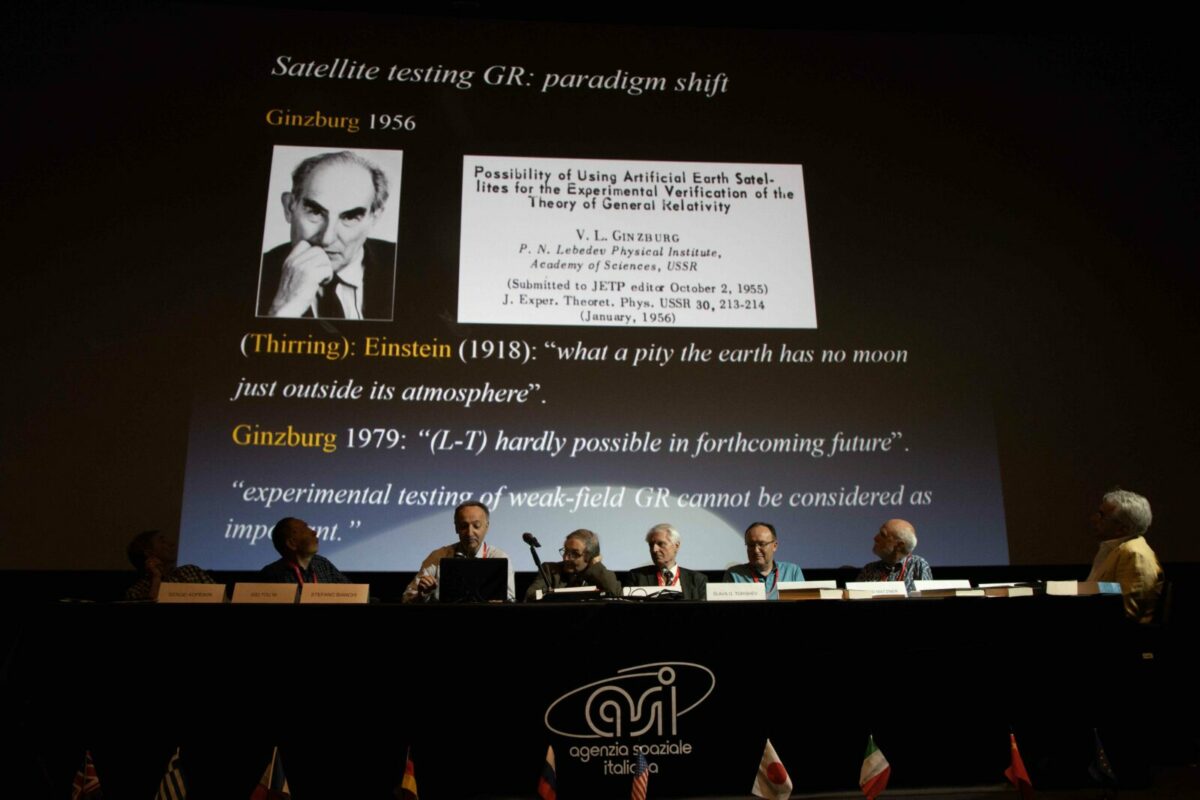
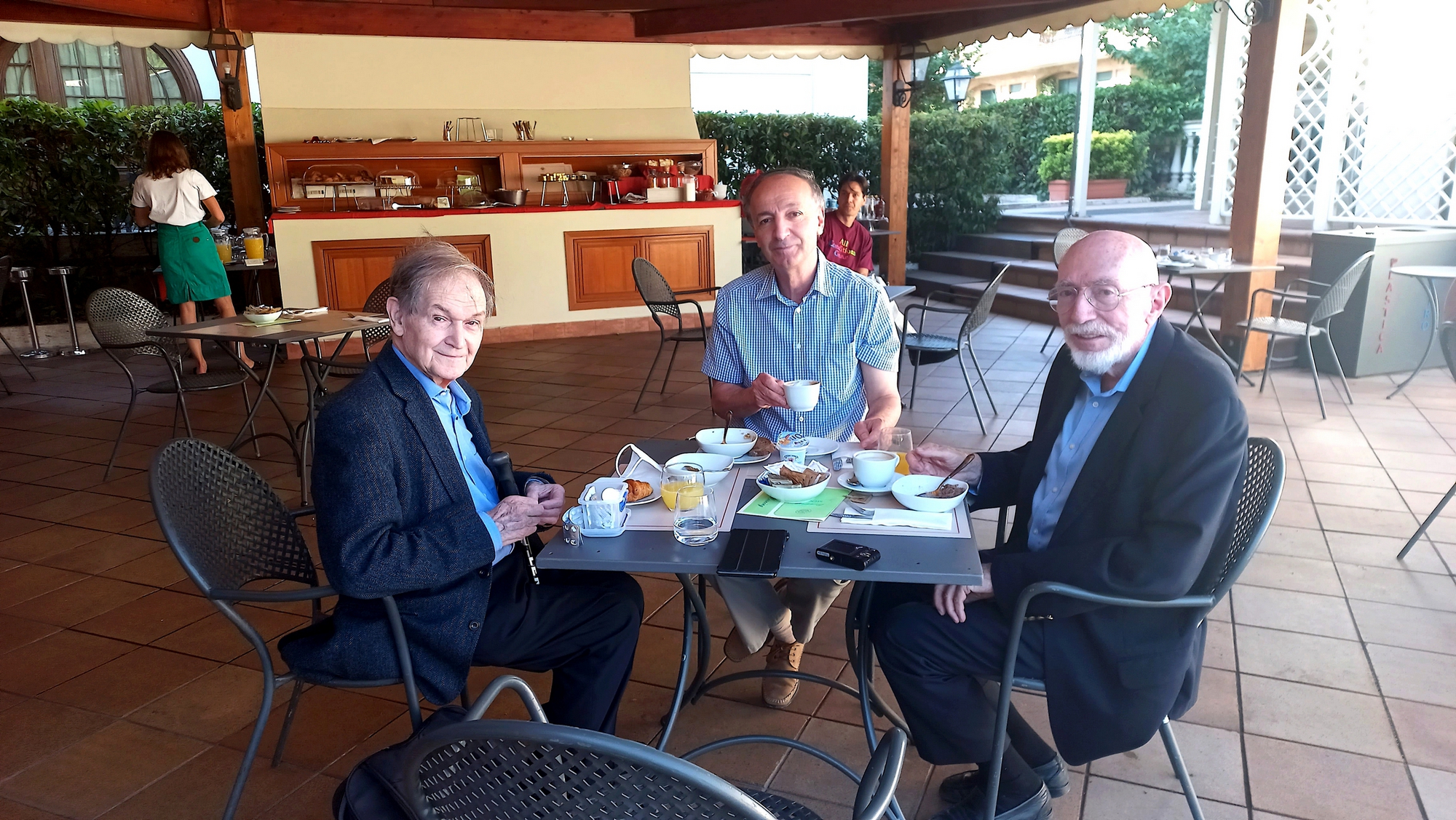
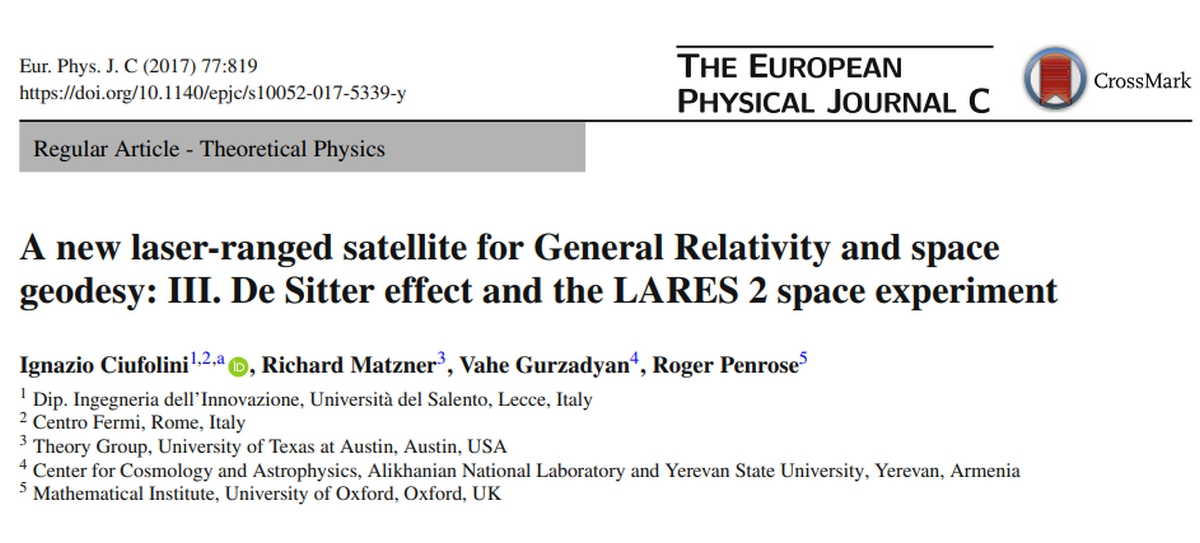
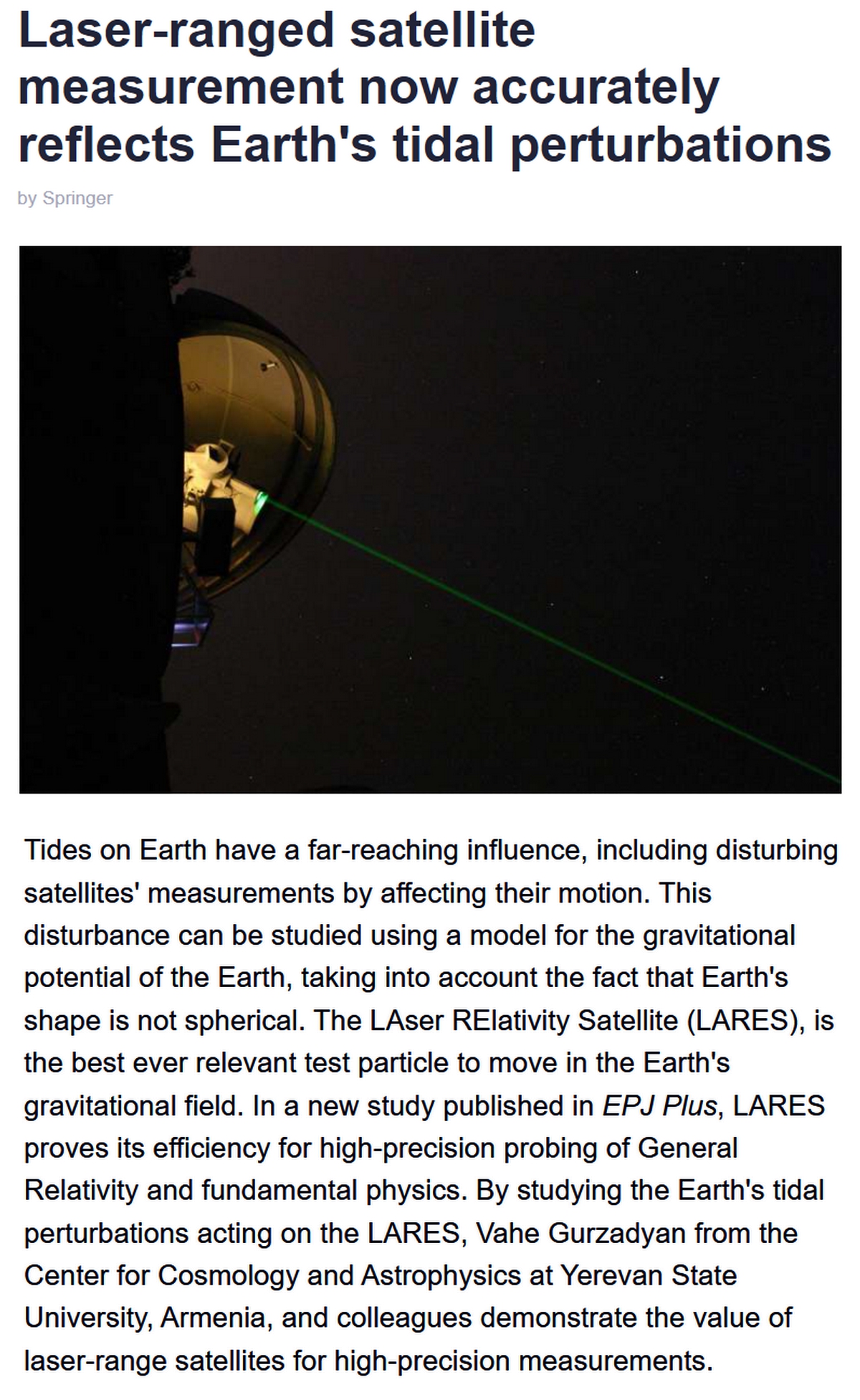
A new limit on the light speed isotropy and Lorentz invariance from the GRAAL experiment at the European Synchrotron Radiation Facility (Grenoble).
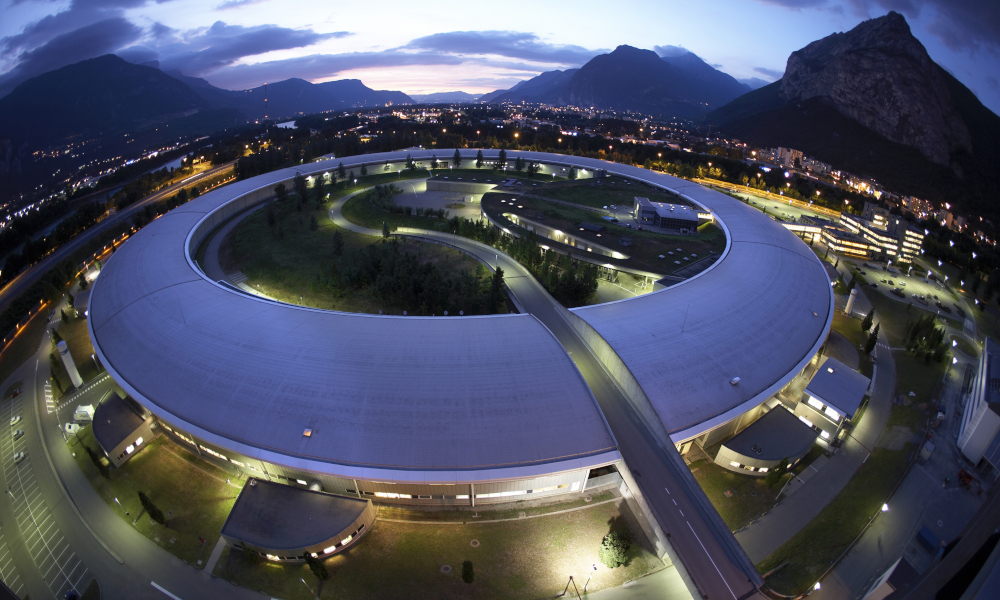
Gurzadyan and Margaryan in 1996 suggested to test the light speed isotropy and invariance measuring the lower energy of the scattered electron spectra, the Compton Edge, at synchrotron experiments. The experiments performed at GRAAL-European Synchrotron Radiation Facility (Grenoble) enabled to improve the previously existing one-way light speed isotropy limits, up to 10-14.
The measurements of the light speed invariance with respect the observer (Kennedy-Thorndike test) was also conducted and enabled to improve the existing limit by three orders of magnitude. This result was advertised in New Scientist magazine.
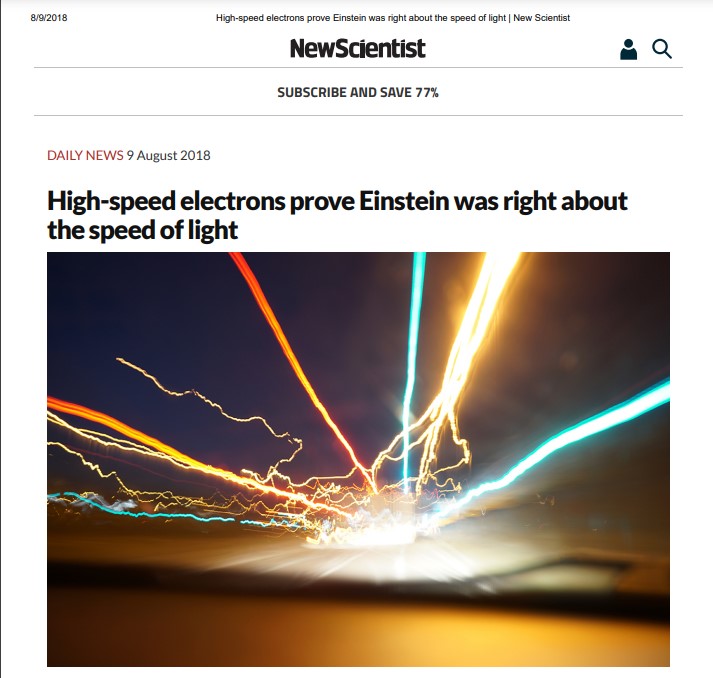 High-speed electrons prove Einstein was right about the speed of light (New-Scientist.pdf)
High-speed electrons prove Einstein was right about the speed of light (New-Scientist.pdf)
ARTEMIS-3 White paper: Ultrahigh accuracy time synchronization technique operation on the Moon.
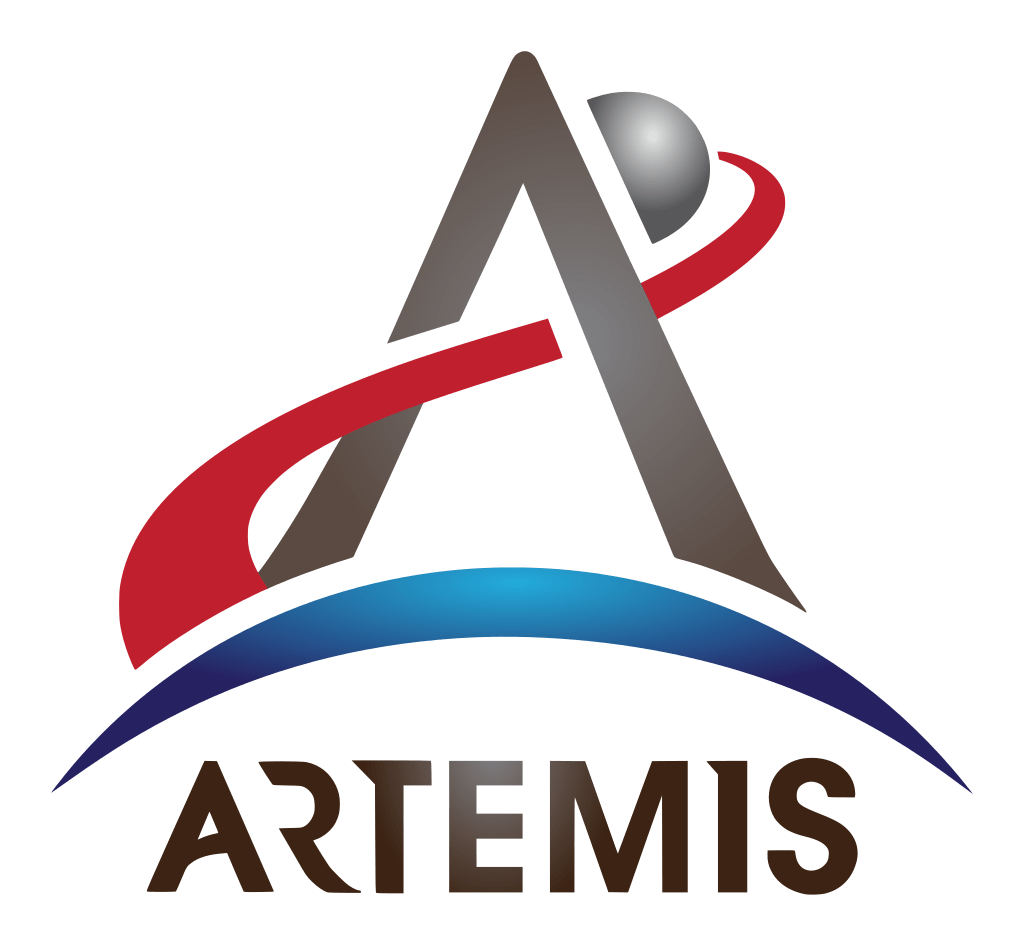 Ultrahigh accuracy time synchronization technique based on the optical frequency comb and the GHZ radio frequency spiral scanning deflector is suggested to install on the Moon during the ARTEMIS-3 crewed lunar landing mission planned by NASA for 2026. The comparison with the parameters of an analogous device operated in the Earthв’s gravity will enable the testing to high accuracy fundamental physical principles.
Ultrahigh accuracy time synchronization technique based on the optical frequency comb and the GHZ radio frequency spiral scanning deflector is suggested to install on the Moon during the ARTEMIS-3 crewed lunar landing mission planned by NASA for 2026. The comparison with the parameters of an analogous device operated in the Earthв’s gravity will enable the testing to high accuracy fundamental physical principles.
V.G.Gurzadyan and A.T.Margaryan, Ultrahigh accuracy time synchronization technique operation on the Moon, European Physical Journal Plus (2021) 136: 329
This proposal is inserted in the ARTEMIS White paper portal.
Last Updated on 2025.05.03
